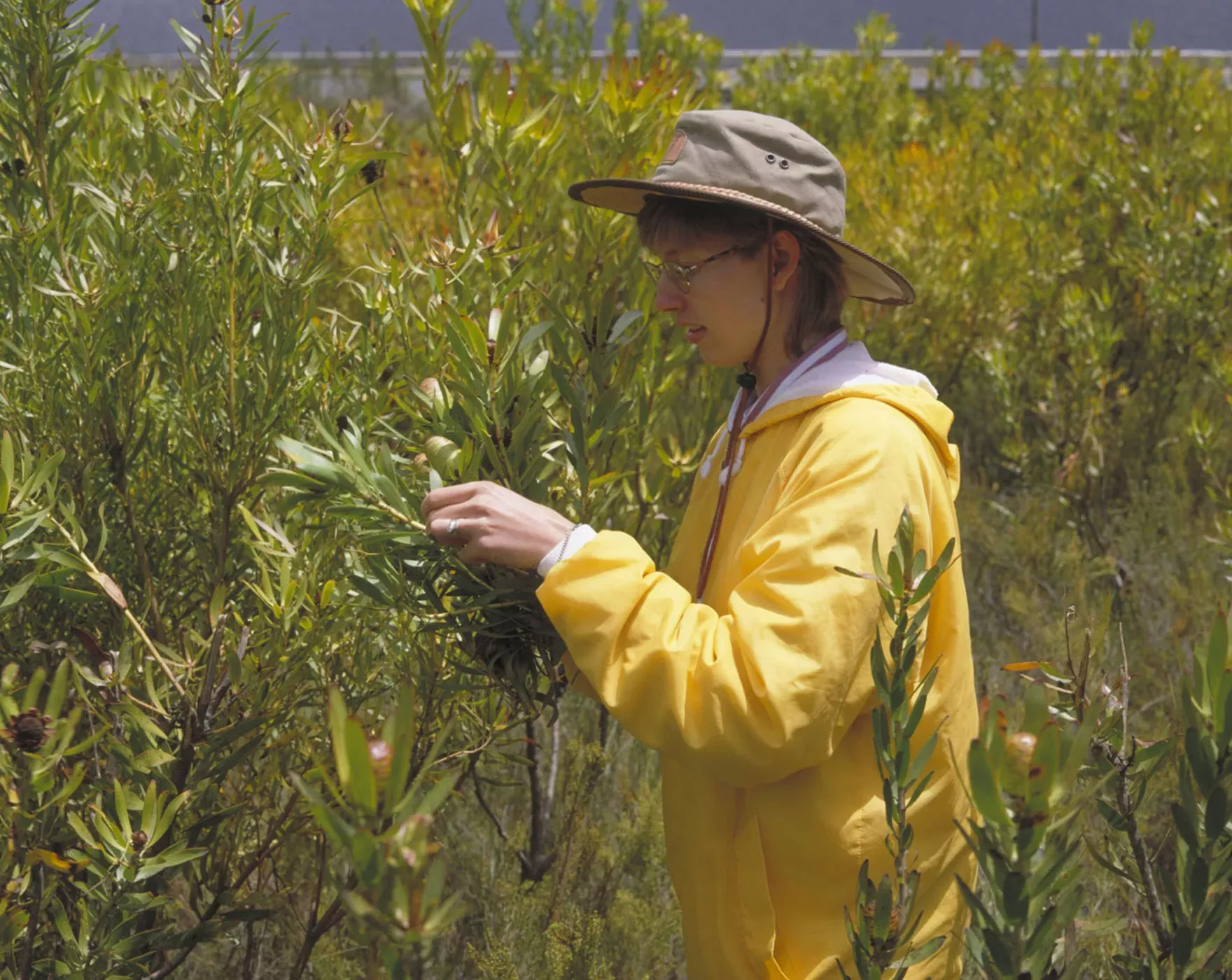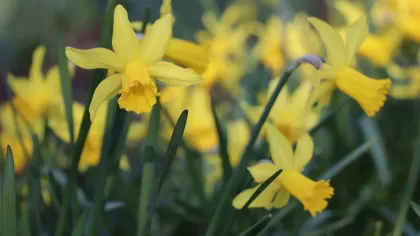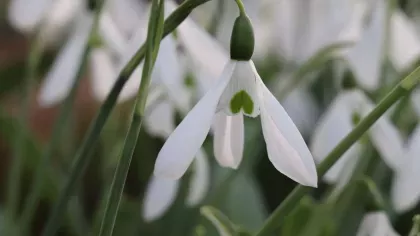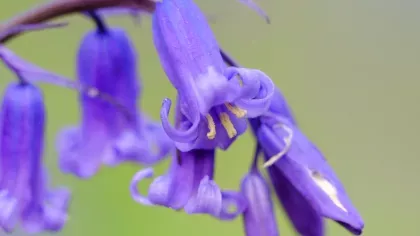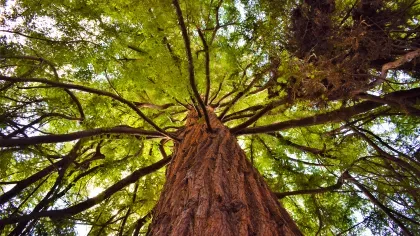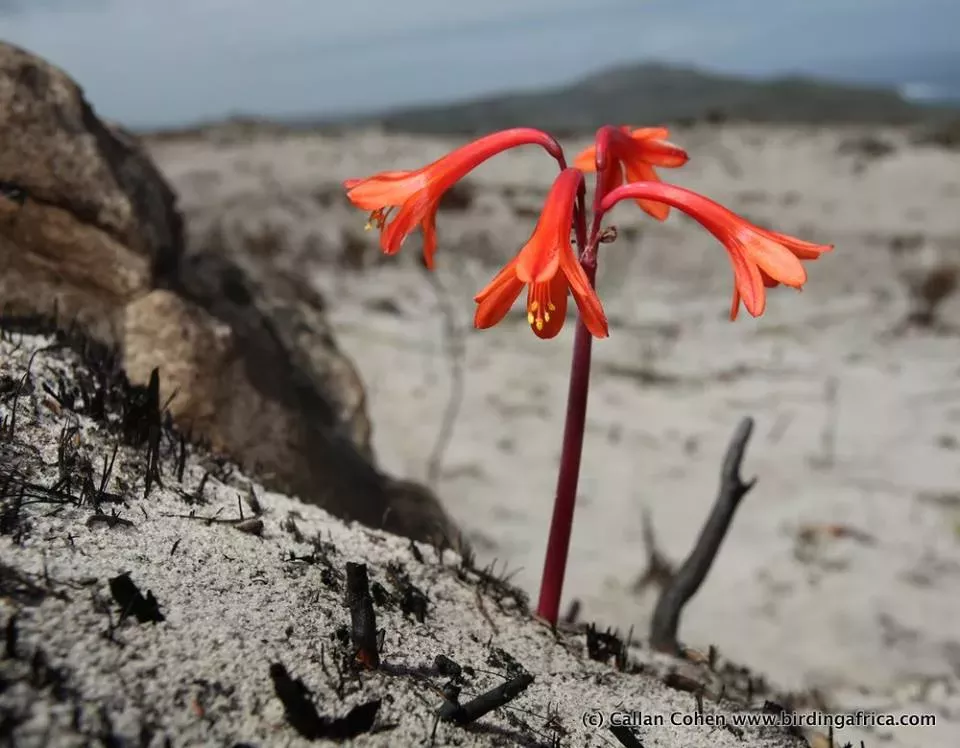
Fire lily
On this page
Rising from the ashes after fires, the fire lily creates vibrant red and pink displays across the Cape Fold Mountains of South Africa.
Fire lilies form part of the fynbos, a biodiverse belt of heathland that runs through the Western and Eastern Cape.
A key part of the local ecosystem, fire lilies are exclusively pollinated by the Table Mountain pride butterfly (Aeropetes tulbaghia).
Sunbirds are sneaky companions to the fire lily; they pierce holes at the base of their flowers to eat the nectar without pollinating them, otherwise known as 'nectar robbing'.
Plant description
The fire lily grows from a bulb, producing nodding heads of large, orange-red flowers on stems that are up to 20cm tall. It flowers after wildfires in dry summer seasons, appearing within two weeks of a fire. After a week, the flowers are replaced by dry capsules of wind-dispersed, winged black seeds. The grassy leaves grow during the winter season, dying back as the habitat dries in summer.
Read the scientific profile on fire lily
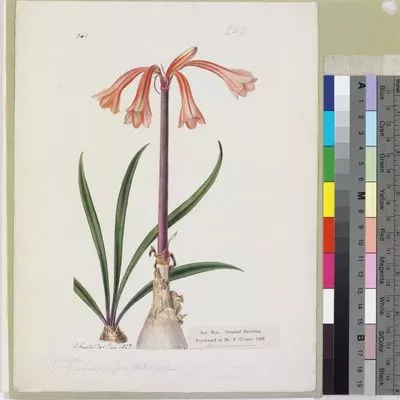
Plant uses
Cultural
Bulbs of plants from across the genus Cyrtanthus are used in traditional medicines for coughs, headaches and wound healing, as well as love charms.
Did you know?
Research into the fire lily found that exposure to smoke appeared to be the key element in triggering flowering.
The stem of the fire lily is hollow, meaning it is structurally strong while being quick to develop. This allows the flower to bloom very rapidly after fire.
Due to its reliance on fire to bloom, the fire lily is incredibly challenging to cultivate outside of its natural habitat.
The scientific name of the genus Cyrtanthus means 'curved flower', a reference to the nodding shape of the flowers in bloom.
Where in the world?
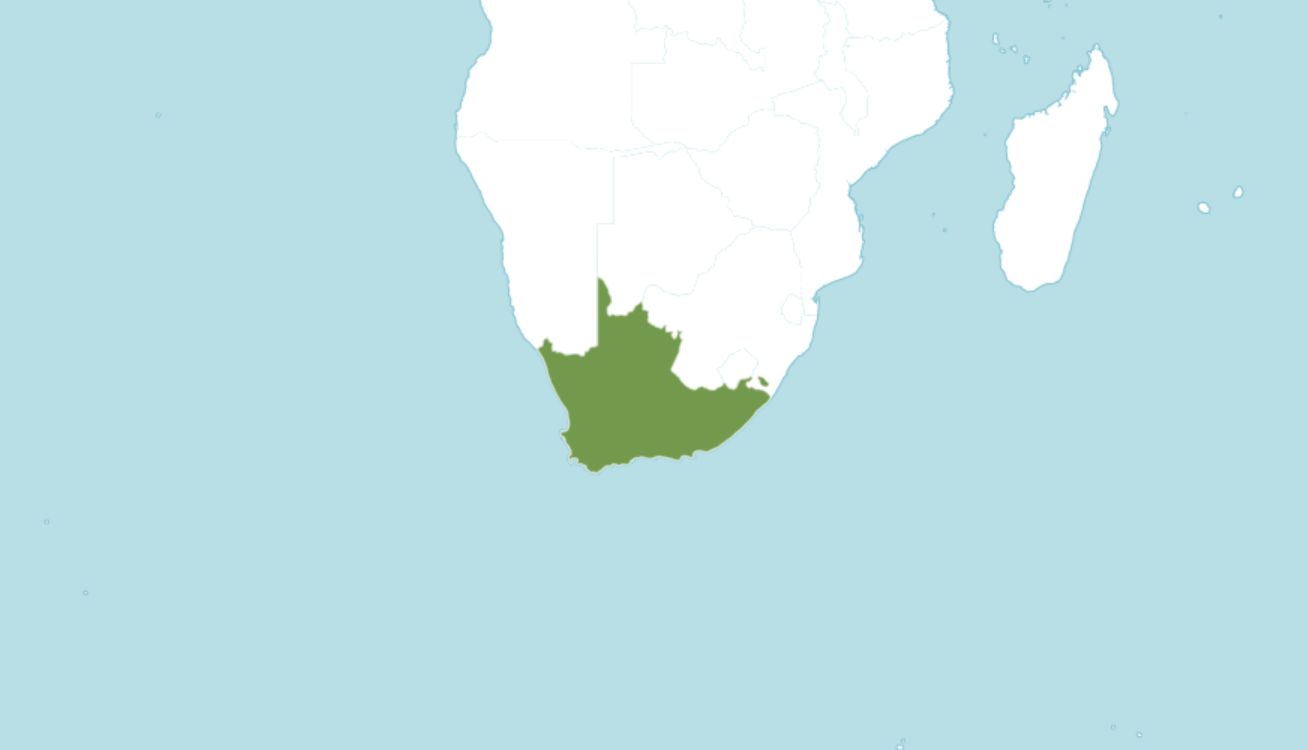
Fire-prone fynbos shrubland, on south facing slopes.
Our work
Kew scientists have been working in the South African fynbos to understand more about the relationship between fire and seed germination.
In a 2021 study, Kew scientists worked with partners in South Africa and Australia to find 40 species in the genus Leucadendron are dependent on wildfires to either release seeds from their cones, or to stimulate seeds to germinate.
Leucadendron is an ecologically important group of small trees and shrubs that play a major role in the ecology of the fynbos.
Worryingly, 51 species are threatened with extinction, so understanding their germination requirements is imperative to help inform restoration initiatives.
Researchers carried out germination tests in the labs at the Millennium Seed Bank, which involved heating seeds to 80°C or exposing them to smoke.
Based on the results, the 40 species could be defined as ‘fire-independent’, ‘fire-enhanced’ or ‘fire-dependent’ based on their germination responses.
This research help will support the future conservation of these species in their native habitats in the Cape.
